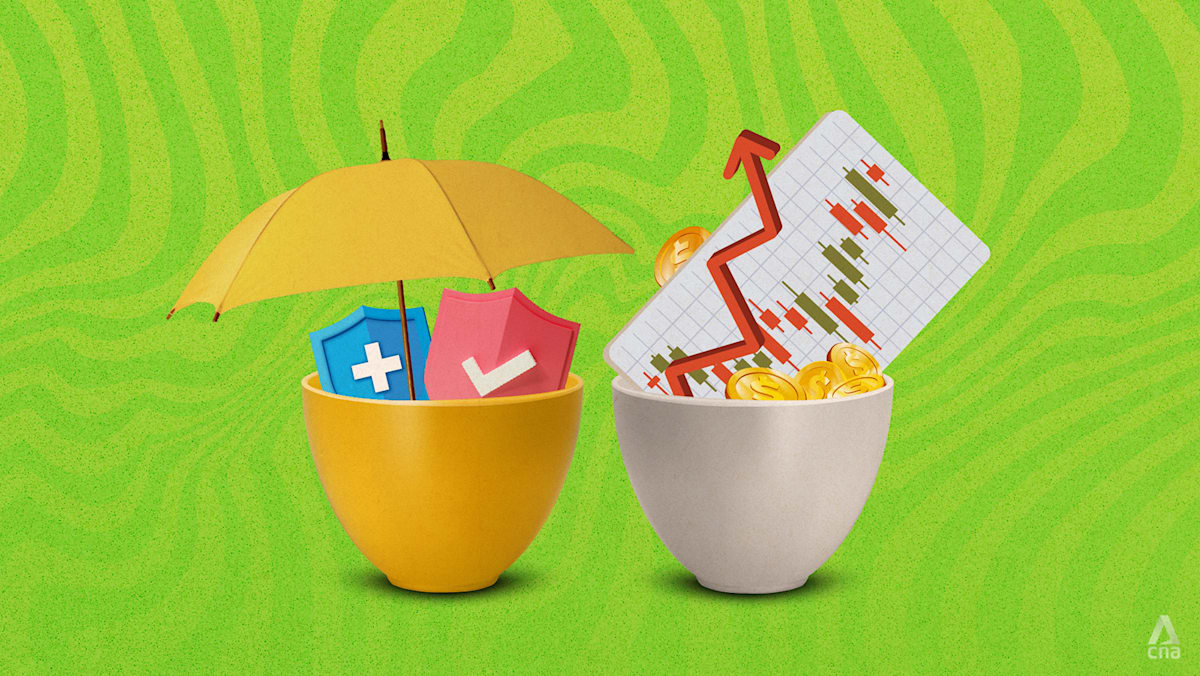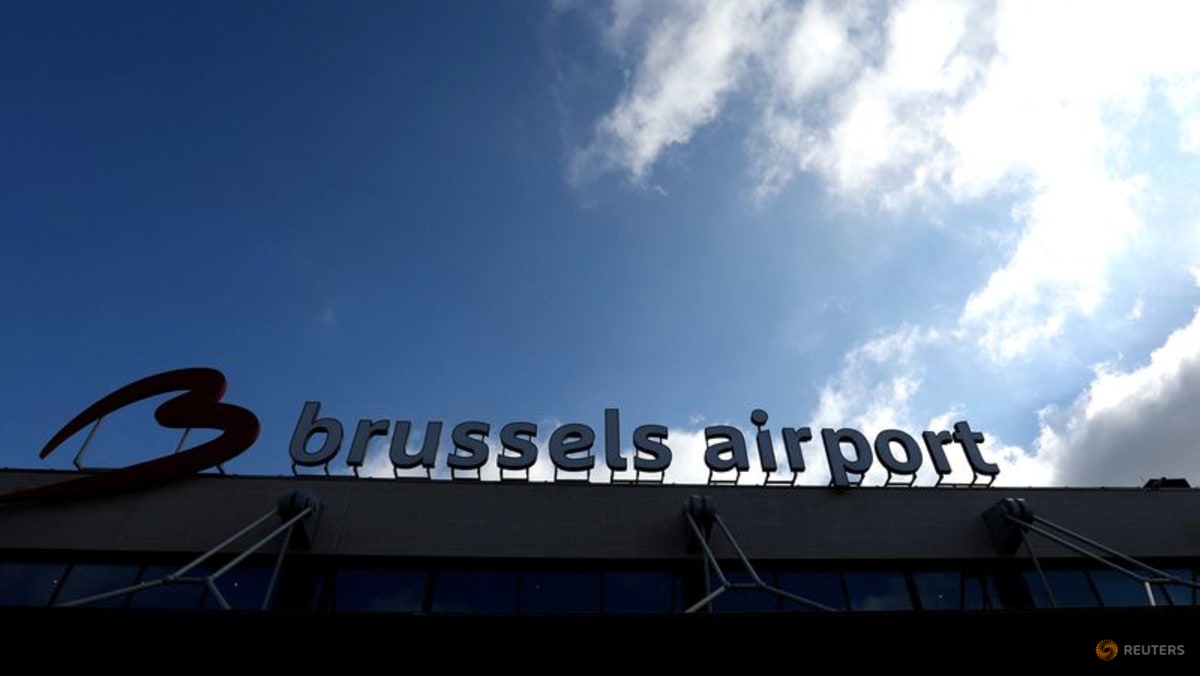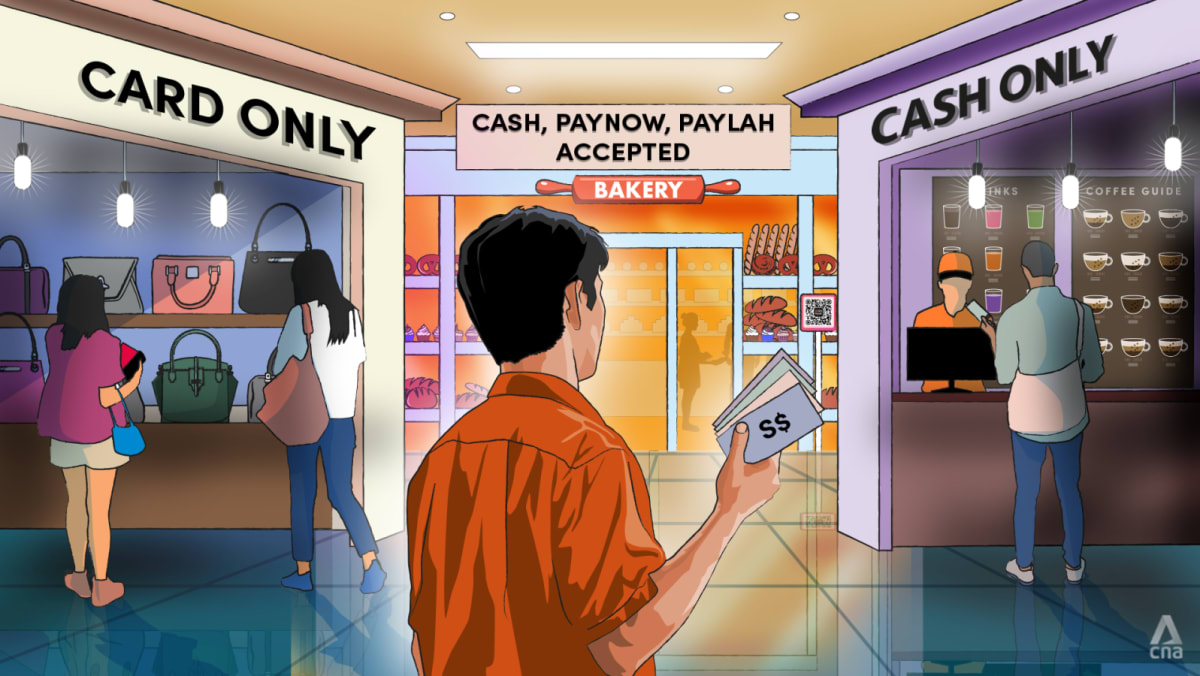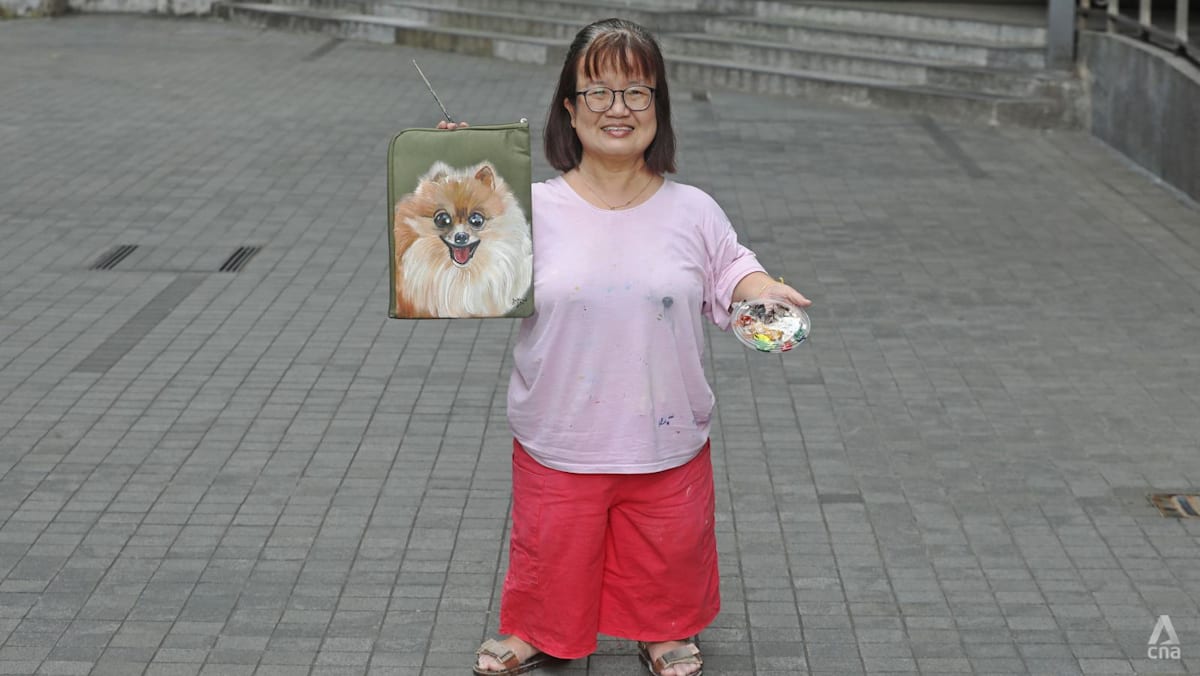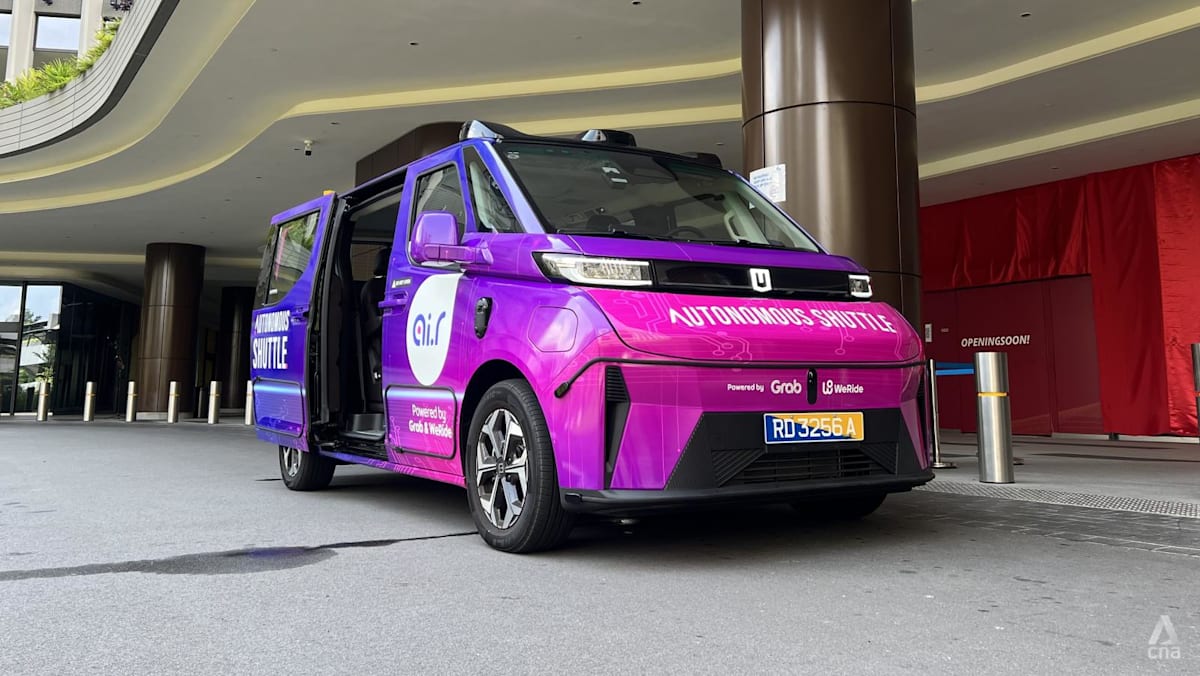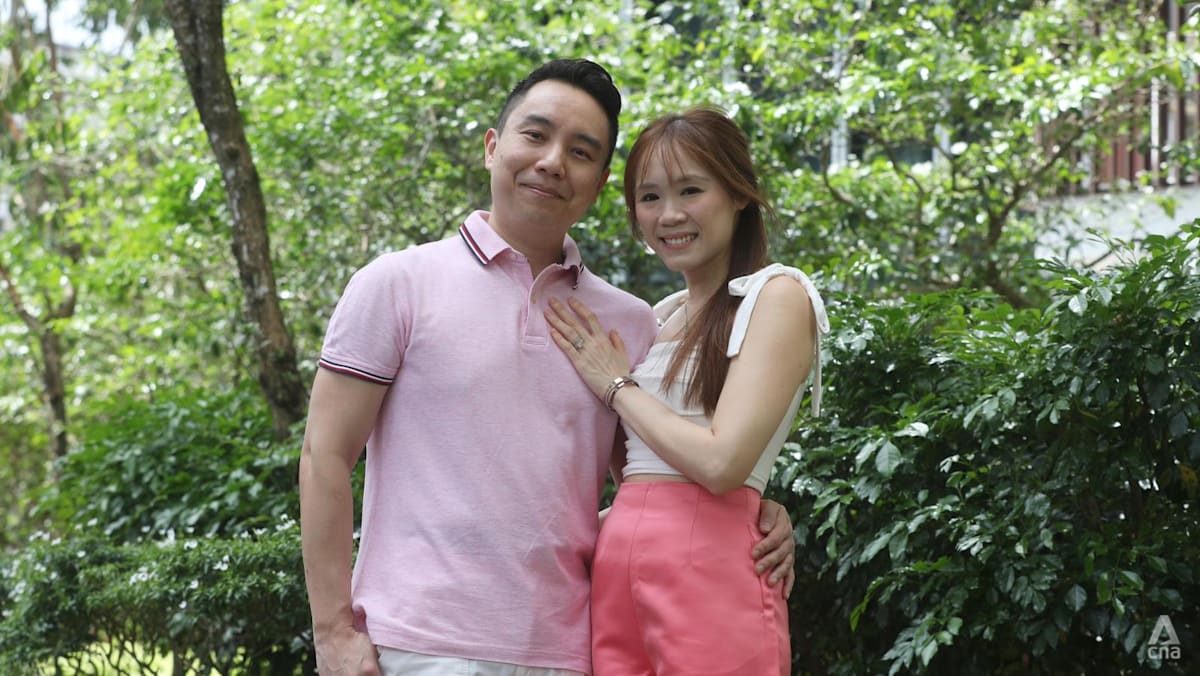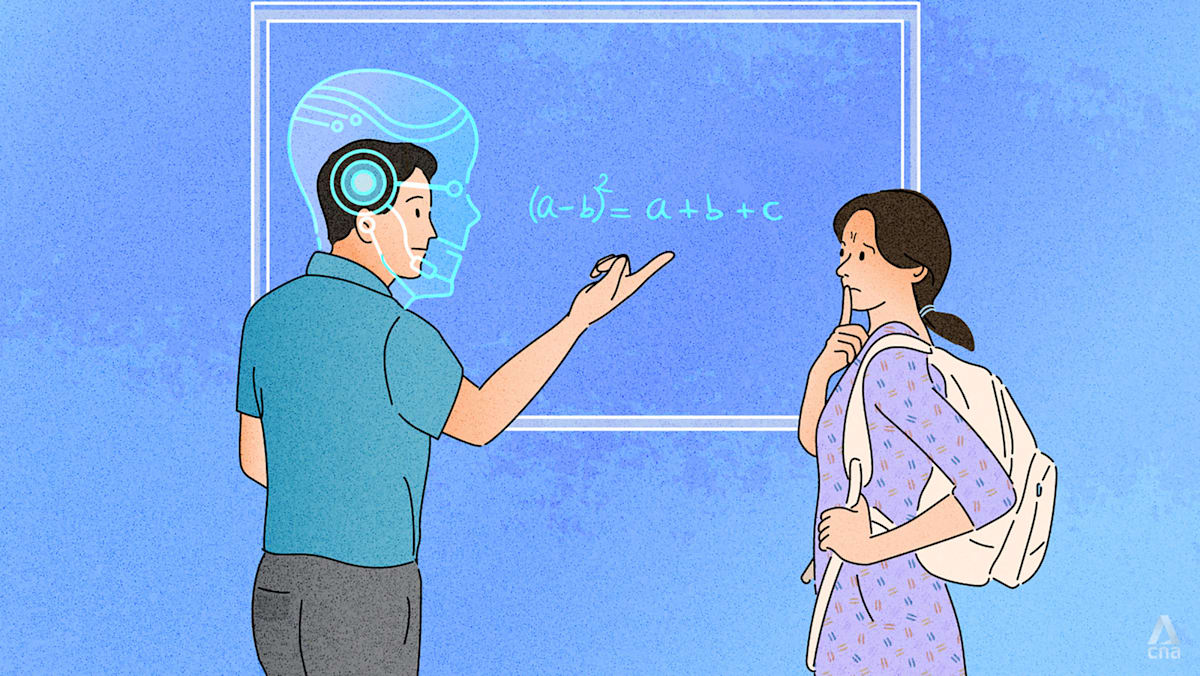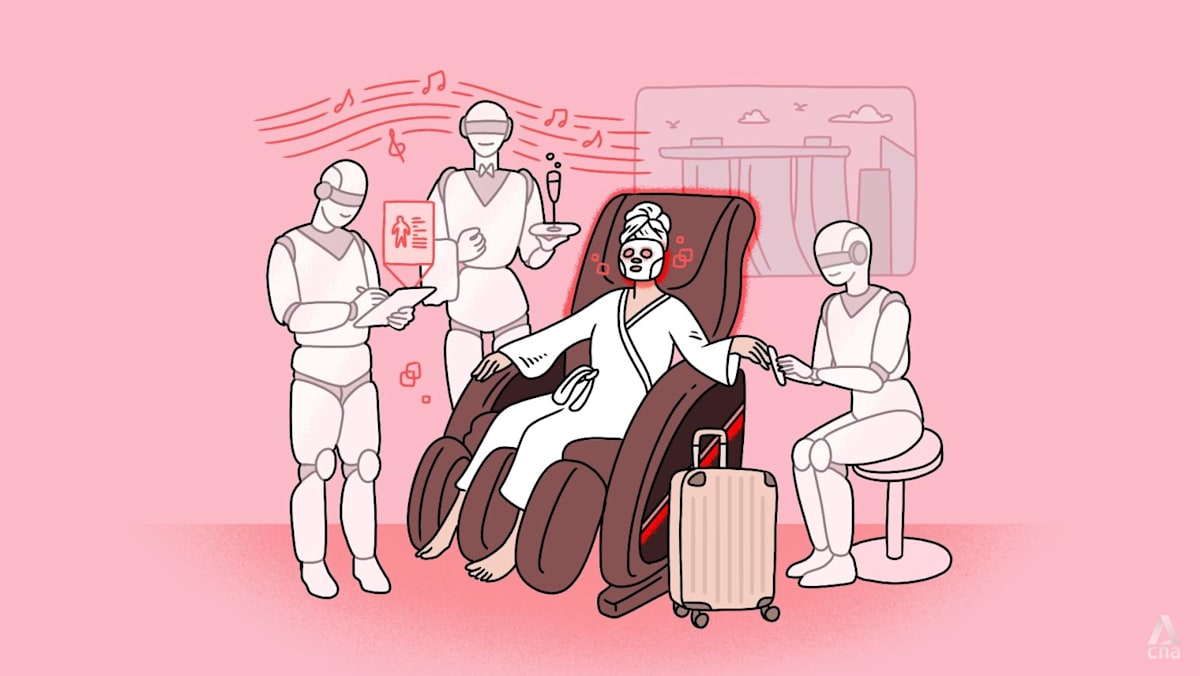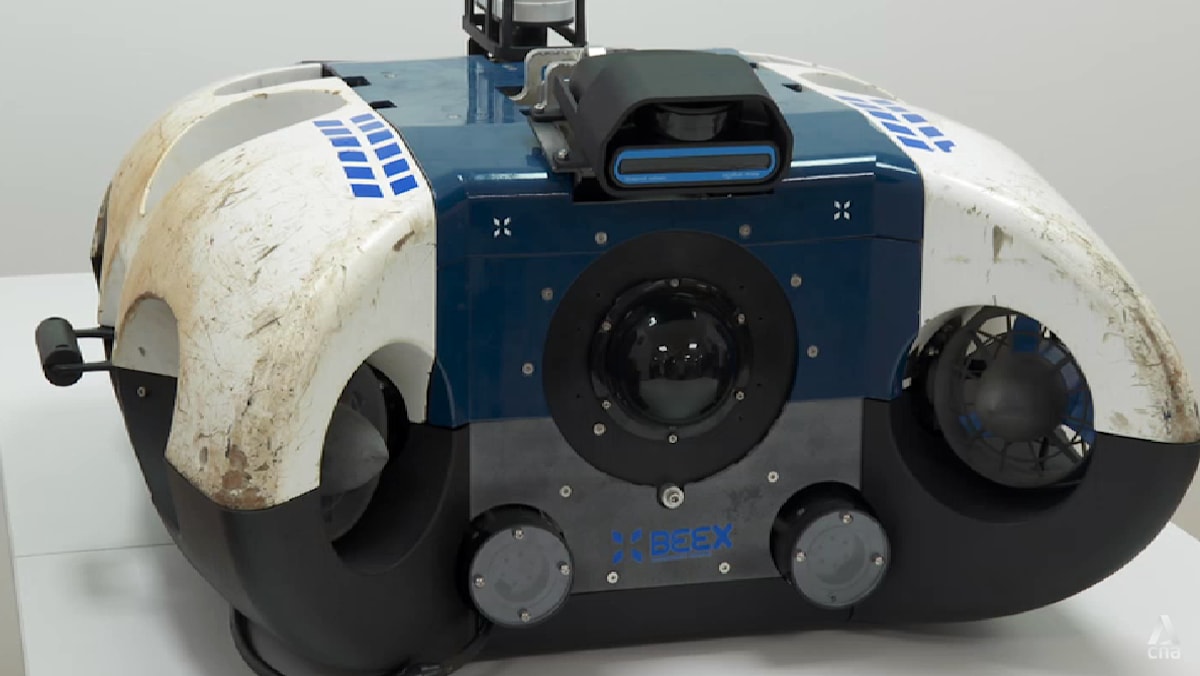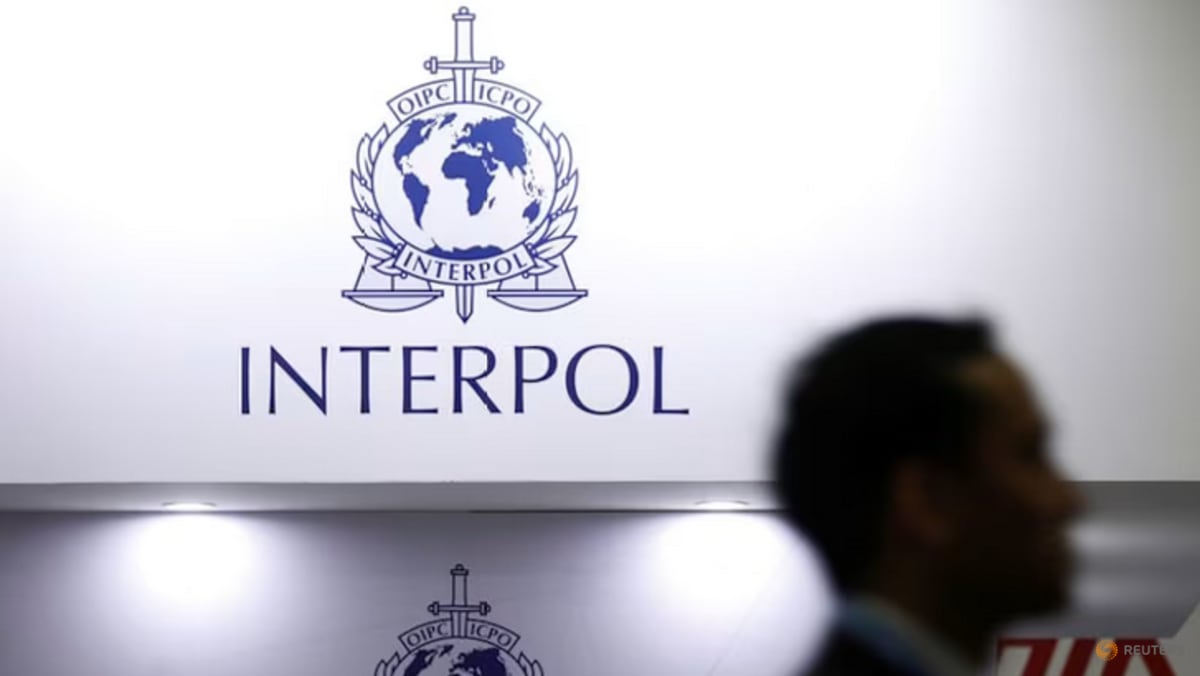When he first started driving for Grab seven years ago, more passengers used cash, he said. “Even foreigners are starting to pay by card now.”
Mr Ananthan said he does not mind cash or cashless, as long as the passengers pay.
But he added that some try to pay for their rides with S$50 or S$100 notes and expect him to have change. He sometimes stops by a petrol kiosk and asks the passengers to buy something to break the note into smaller denominations.
“The problem is (that) they won’t say. When they come in, they should ask me if I have change for S$50,” he said, adding that some passengers have told him that he ought to have change for them.
Change ended up being the most troublesome part of my experiment, and something that would likely have been less of a problem when cash was more widely used.
I also had to pay higher fares on buses when paying cash – S$1.90 versus S$1.19 for a short ride.
“Cash fares for buses have been higher than card fares since the 1990s, to reflect the higher cost of cash collection,” a Public Transport Council spokesperson said.
There were also some inconveniences, such as having to place my order at the counter instead of through a QR code at my table when eating out, and spending more time in a queue at Don Don Donki because the self-check out counters do not accept cash.
Only two cashiers manned counters at Don Don Donki, and the queue moved slowly enough that I started to wonder why other people in the queue were not able to use cashless options.
Some of them were tourists and were showing the cashier their passports, likely with questions about tax refunds.
The upside of having more free counters than cashiers, however, was that while I fumbled with my notes and coins, the cashier who served me did not have to wait for me to be done.
She simply moved to the neighbouring counter and called for the next customer.
ARE CASHLESS-ONLY SHOPS MORE COMMON?
At some Starbucks and Pastamania branches, cash is no longer accepted as a payment method. SushiExpress and sports brand Decathlon have gone fully cashless.
Under section 13(4) of the Currency Act, merchants can choose not to accept any or all notes and coins as long as they provide customers with a written notice.
“Vendors have the discretion to decide how they wish to receive payments, as the payment of goods and services is an agreement between a willing buyer and a willing seller,” the Monetary Authority of Singapore (MAS) said on its website.
The regulator added that merchants usually consider the value of the transaction, cost of acceptance, convenience to customers and medium of customer interaction. It would not make sense for an online business to accept cash, for example.
Decathlon said it decided to go fully cashless in June 2020 to provide customers with a faster, more convenient check-out process. It offers 15 payment options including cards, GrabPay and the ActiveSG wallet.
Singapore CEO Stephan Veyret said there have been significant benefits to business since Decathlon went cashless.
“We’ve seen a notable improvement in operational efficiency and security, and this has allowed our teammates to focus their energy on what they do best: Interacting with customers and providing expert advice to support their sports journey,” he said.
But Mr Veyret acknowledged that there may be “rare instances” where students such as seniors, students or tourists are only able to make cash payments.
“Our team mates are trained to assist these customers directly to manage all payment methods including cash, if absolutely necessary,” he said.
Starbucks said that 39 of its stores in Singapore are fully cashless, while its other locations accept both cash and cashless payment.
The coffee chain has around 140 Singapore outlets listed on its website.
